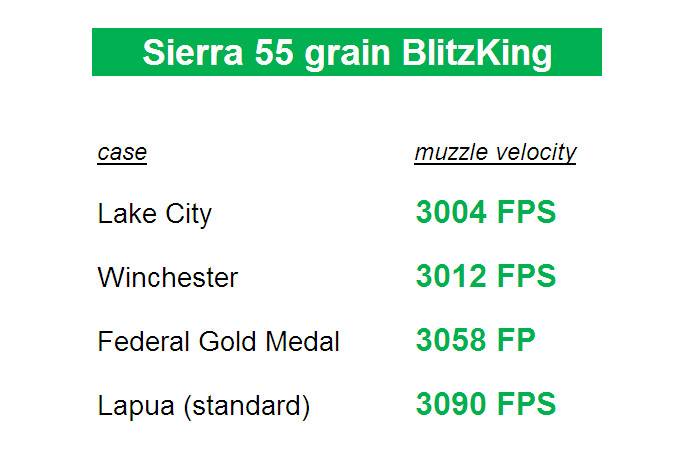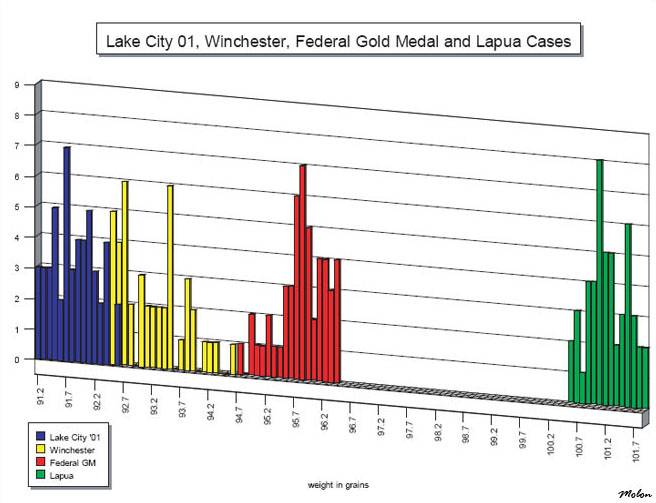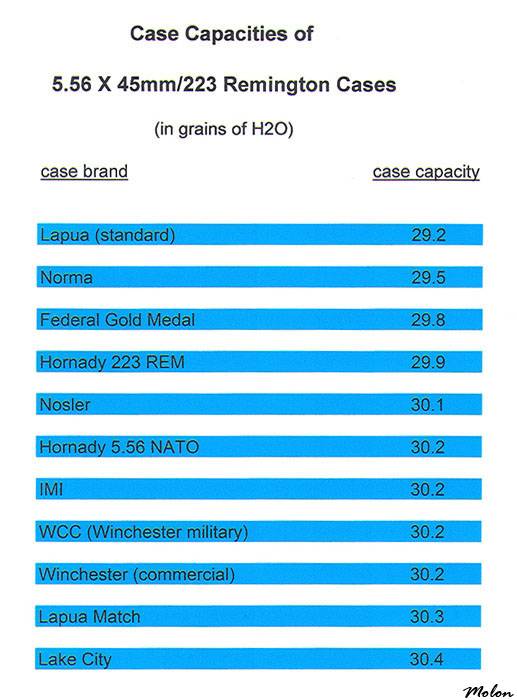So perhaps my google fu is lacking but doing a search online yielded disappointing result. I was looking for some form of chart that lists the various headstamps on Lake City brass.
By way of background.
I have started sorting my fire formed LC brass by year, this was once fired brass I purchased, loaded with 55's to fireform to my barrel before sorting through and starting the process of using it for 69 or 77 SMK's. The normal or most common headstamp is easy enough, the two digits represent the year. However I have some LC marked brass that does not have that two year marking, some of it is marked .223 and some of it is not. Would that be LC brass produced for commercial use instead of military? Any real differentiation on the quality of the brass?
Obviously, I am culling this brass and putting it to one side and further I am putting all the 223 aside as a group to make sure I dont load it to 5.56 pressures.
Thanks
By way of background.
I have started sorting my fire formed LC brass by year, this was once fired brass I purchased, loaded with 55's to fireform to my barrel before sorting through and starting the process of using it for 69 or 77 SMK's. The normal or most common headstamp is easy enough, the two digits represent the year. However I have some LC marked brass that does not have that two year marking, some of it is marked .223 and some of it is not. Would that be LC brass produced for commercial use instead of military? Any real differentiation on the quality of the brass?
Obviously, I am culling this brass and putting it to one side and further I am putting all the 223 aside as a group to make sure I dont load it to 5.56 pressures.
Thanks




